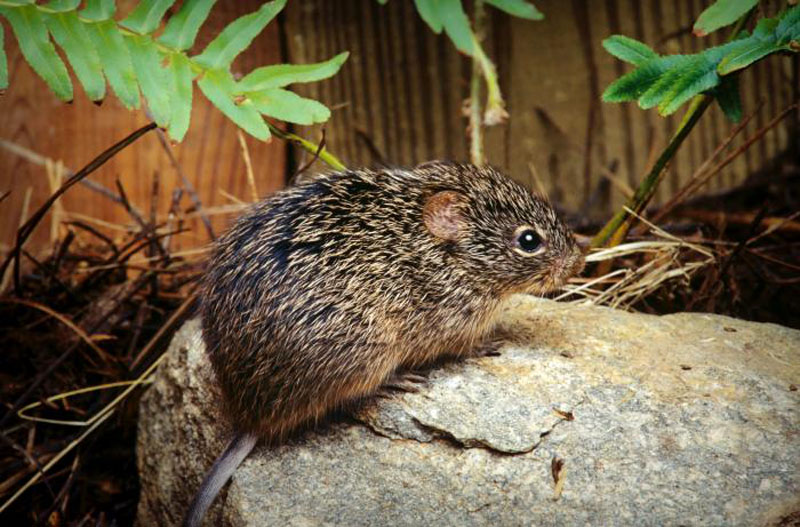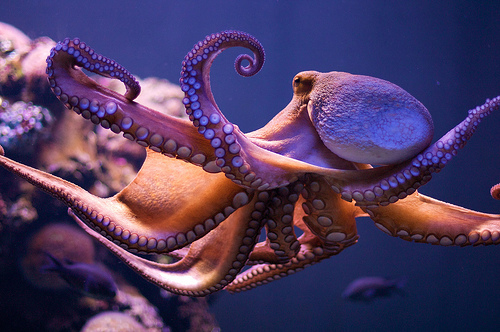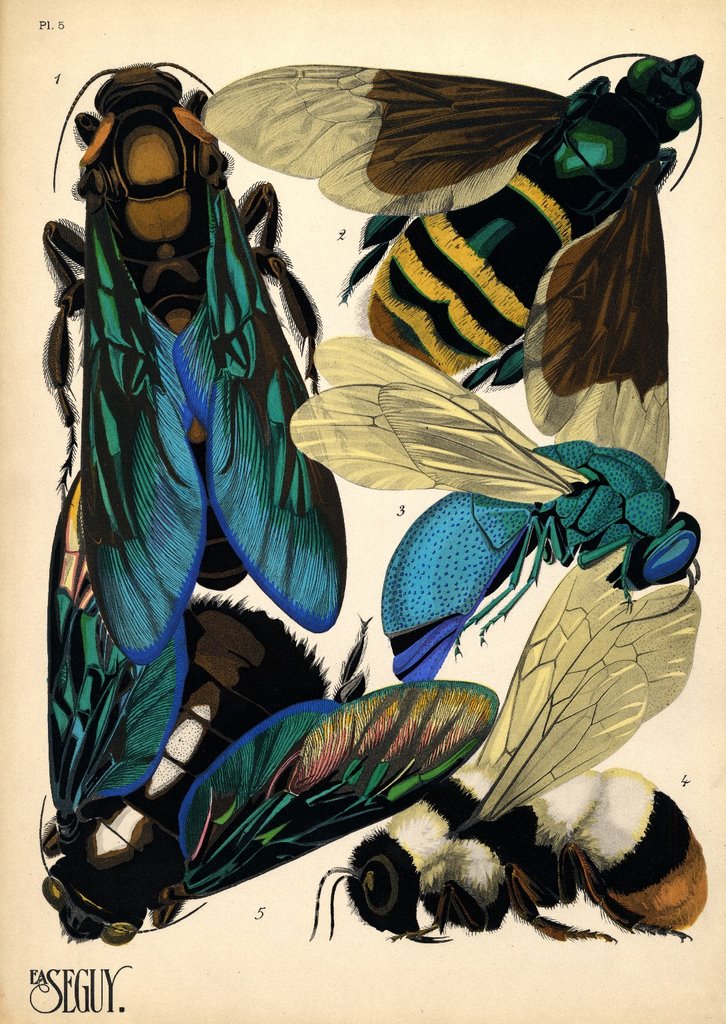As a journalist, I tend to be wary of people trying to assign me stories if they’re not an editor, and sometimes even then. Public relations types try to do it all the time. They send press releases with pre-packaged quotations for the deadline-driven writer or call up with some brilliant story idea that never really smells like news. So when Gregory A. Prince – the CEO of a company that specializes in combating pediatric viral diseases – approached me at a conference and told me he had the perfect story for me, I was prepared for a tone-deaf corporate pitch.
What I got instead was impassioned advocacy for his favourite rodent. Or at least for its use in pharmaceutical research.
The hispid cotton rat (Sigmodon hispidus) is a cute little shrew-like thing that makes its nest out of cotton and has a rich brown coat of fur. It looks nothing like a lab rat, but has unique advantages over those ubiquitous albino strains of Rattus norvegicus, in that it models certain human diseases far more faithfully. That is to say, cotton rats can catch infectious diseases – especially respiratory viruses – other rodents can’t. For example, they’re the only rodents whose lung tissue after nasal injection replicates the measles virus, still the most lethal infectious disease of infants in the world. This discovery allows researchers an intermediate, less ethically troubling model between their tissue cultures and their primate measles subjects, macaques.
Though it was the first model animal used in polio research, the cotton rat is underutilized, largely through historical accident. Continue reading








